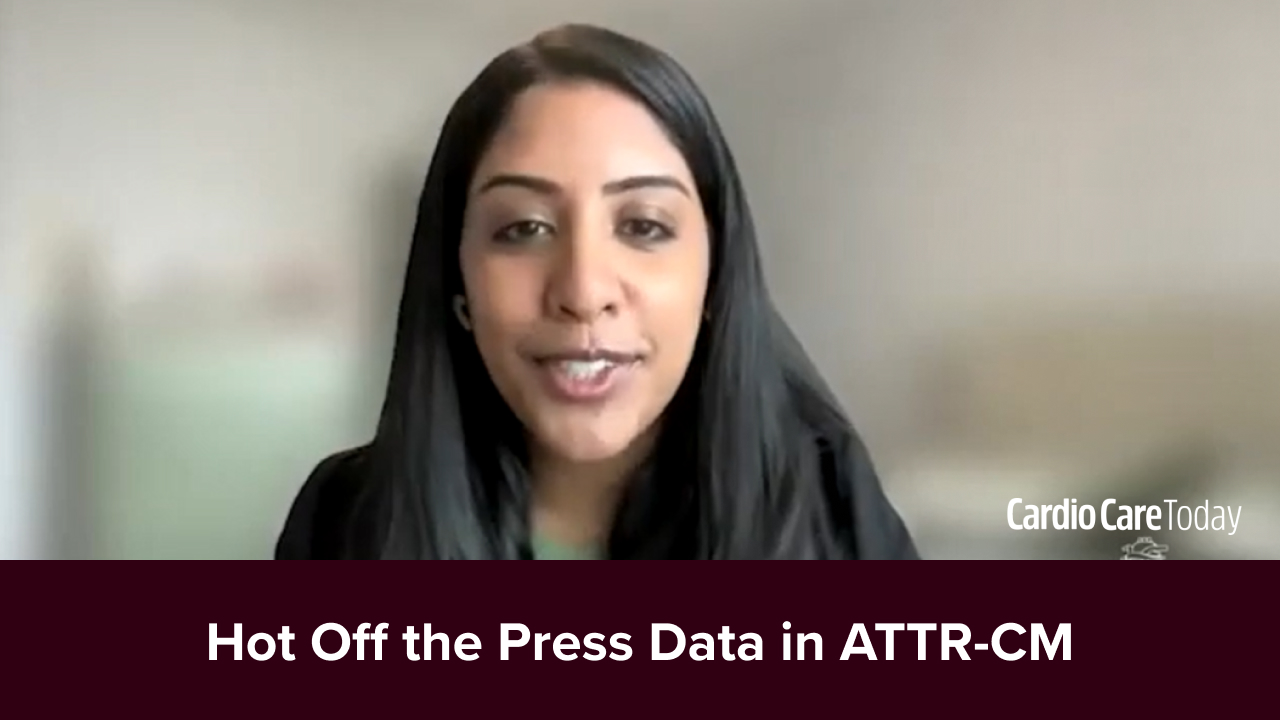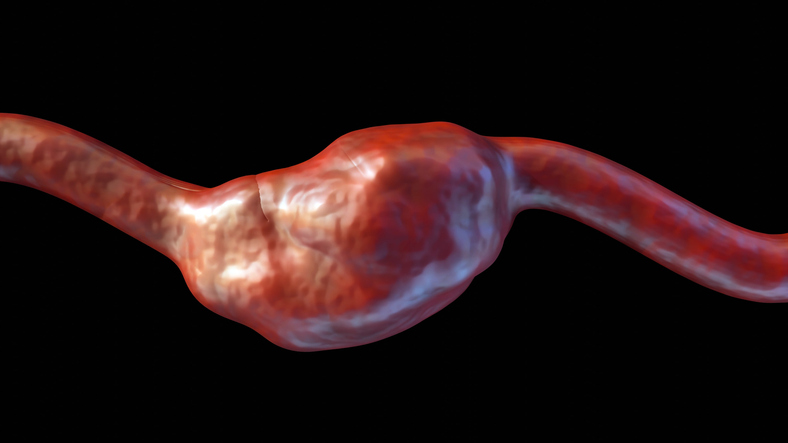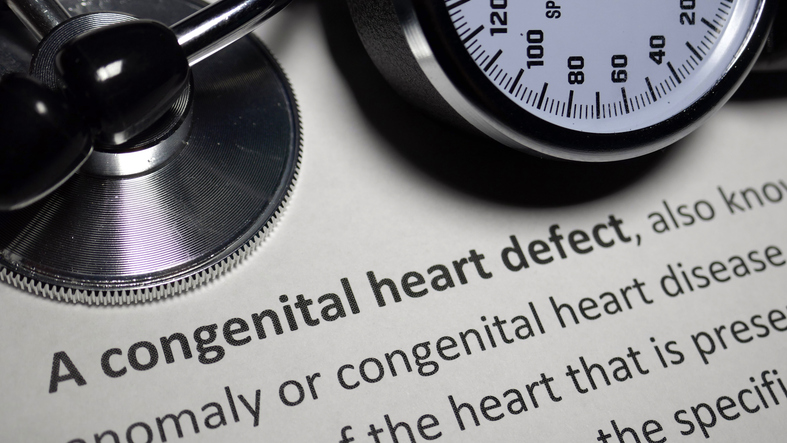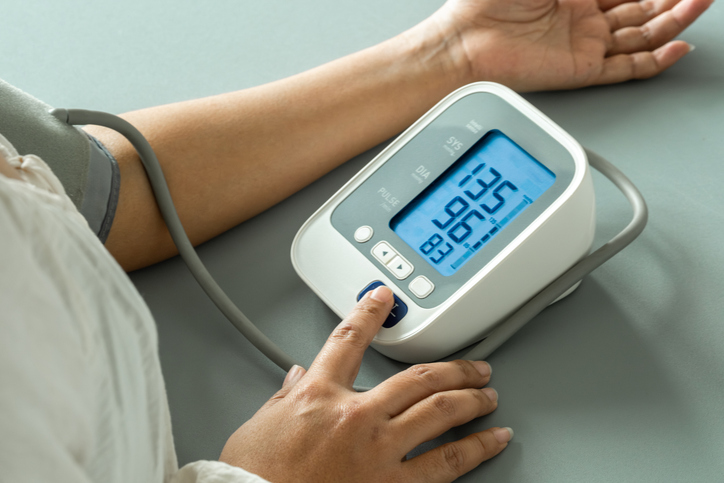
A new brief report in JAMA Cardiology suggests that the PCSK9 inhibitor evolocumab paired with adequate background therapy is cost-effective at its new annual list price.
The researchers sought to produce an updated cost-effectiveness analysis after the drug was made available at an annual list price of $5,850 in the United States. Implemented in October of 2018, this 60% in the reduction in price was an effort to increase availability and lower patient copayments. It was then shortly thereafter followed by the release of the 2018 ACC/AHA cholesterol guidelines for patients at very high risk for atherosclerotic disease, which the authors decided warranted a cost-effectiveness update.
The addition of the PCSK9 inhibitor evolocumab to standard background therapy at its new list price meets accepted cost-effectiveness thresholds across a range of risk profiles within the very high risk population with ASCVD. @GCFMD https://t.co/jYXT3xaqWF
— JAMA Cardiology (@JAMACardio) June 6, 2019
Using the Markov model, the authors considered baseline cardiovascular event rates in the high-risk patient population. Patients in the analysis were all taking standard background therapy, including maximally tolerated statins, both with or without ezetimibe. The primary analysis outcomes of interest included major cardiovascular events (such as myocardial infarction, ischemic stroke, and cardiovascular death), costs, quality-adjusted life years, and incremental cost-effectiveness ratios.
Cost-effectiveness Acceptable
According to the analysis results, evolocumab plus standard background therapy was associated with improved costs and improved outcomes. Based on varying risk level, incremental costs had a range of $22,228 to $3,411. There were also incremental improvements in quality-adjusted life years, ranging from 0.39 to 0.44. The incremental cost-effectiveness ratio had a range of $56,655 to $7,667 per quality-adjusted life year, and cost-effectiveness ratios were below general willingness-to-pay thresholds for a variety of cardiovascular event rates in patients at very high risk for atherosclerotic cardiovascular disease.
“At its current list price, the addition of evolocumab to standard background therapy meets accepted cost-effectiveness thresholds across a range of baseline cardiovascular event rates in patients with very high-risk atherosclerotic cardiovascular disease as defined by the 2018 ACC/AHA guideline, the researchers wrote. “This updated cost-effectiveness analysis may be informative for payers, health systems, and clinicians regarding the appropriate use and value of lipid-lowering therapies in the United States.”
New list price. Updated ICERs for PCSK9 inhibitor therapy. Updated Cost-effectiveness Analysis of Evolocumab in Very High-risk Atherosclerotic Cardiovascular Disease https://t.co/Q4BzYmvmpd@JAMACardio @JAMAForum @AnnMarieNavar @NMHheartdoc @cpcannon @TIMIStudyGroup
— Gregg Fonarow MD (@gcfmd) June 5, 2019
Bringing this important treatment of ASCVD closer to a clinical reality for countless patients. Building the evidence base for benefit and pressing the need for cost-effectiveness now leads to (hopefully) better access @gcfmd @AnnMarieNavar @JAMACardio https://t.co/Aa46QFDm2q
— Clyde Yancy, MD, MSc (@NMHheartdoc) June 5, 2019
PCSK9 inhibitors are cost effective if used in high cardiovascular risk patients https://t.co/YMPeYIl8CY
— Prof Derek Connolly (@DrDerekConnolly) June 5, 2019
Excellent brief report of the revised cost effective analysis for PCSK9 @PennMedicine @SVRaoMD https://t.co/t7YdUDN6Ky
— Mark Turco (@MarkTurco) June 6, 2019







 © 2025 Mashup Media, LLC, a Formedics Property. All Rights Reserved.
© 2025 Mashup Media, LLC, a Formedics Property. All Rights Reserved.